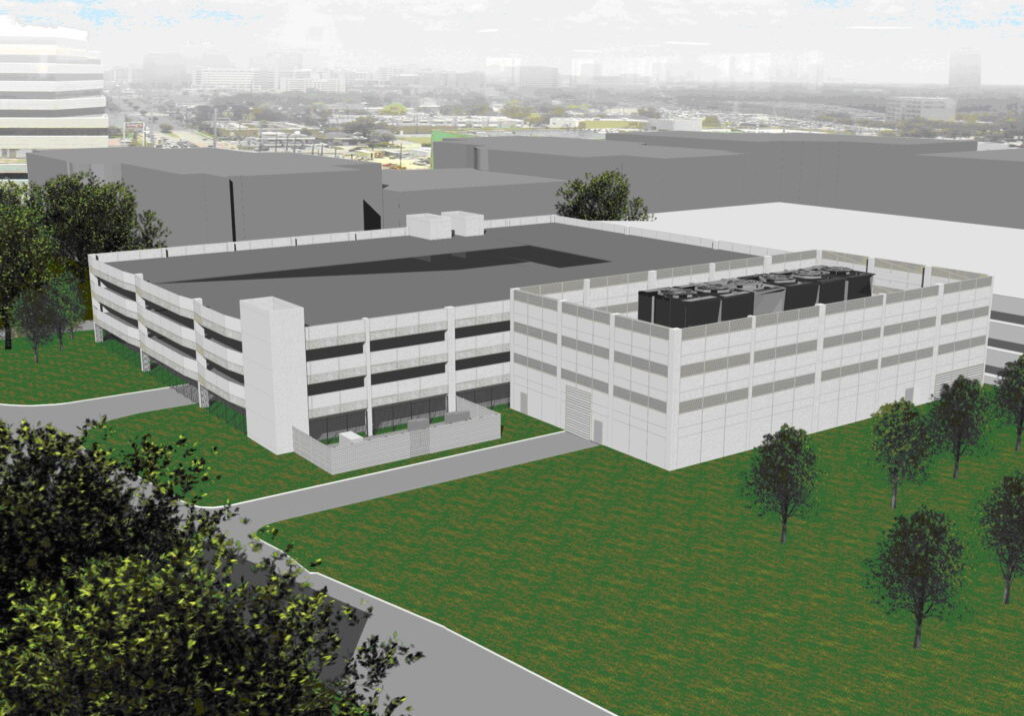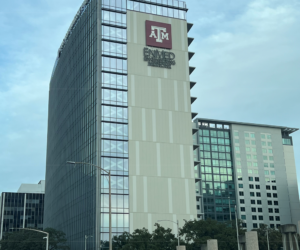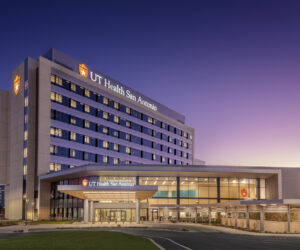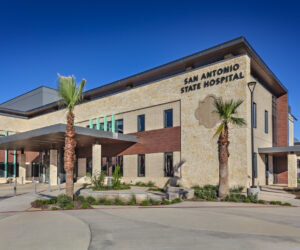South Campus Master Plan
University of Texas M.D. Anderson Cancer Center

The University of Texas M.D. Anderson Cancer Center was experiencing rapid growth in its Healthcare and Research programs. To support this rapid expansion, the University of Texas Research Park started development on a 32-acre tract just South of the Texas Medical Center. The Research Park is jointly used by both M.D. Anderson Cancer Center and UT Health Science Center, and includes research, diagnostic, treatment, and student housing facilities.
Shah Smith & Associates, Inc. was part of the team that prepared the Master Plan for the Research Park, which included the concept of modular central plants connected to a campus wide chilled water distribution network. The modular concept was to build several central plants around the Research Park as needed with each sized to serve multiple buildings, reducing the amount of capital that must be reserved at one time to construct chilled water facilities.
When M.D. Anderson Cancer Center decided to build the first central plant, it chose SSA to lead the design team and provide mechanical and electrical engineering services. This first plant is designed to have three– 2500 ton chillers. In the first phase, two chillers were installed, and a third chiller was installed in Phase 2. It also houses four– 2000 kW emergency generators. The emergency generators operate in parallel and provide emergency power to the South Campus Vivarium and to one of the chillers in the plant. The plant building is a cast in place concrete structure with exterior pre-cast panels to match the existing parking garage adjacent to the plant. Cooling towers are roof mounted behind a screen wall.
To mitigate potential flooding, the plant floor is located above the 500 years flood plain, and mechanical and electrical connections for temporary chillers were also included.
Approximately 2,000 ft. of underground chilled water distribution piping is installed in this first phase and connects the new central plant to existing standalone central plants at three buildings. The total installed chilled water capacity of 10,300 tons is adequate to serve the existing buildings and the two future buildings.
Site Owner
University of Texas M.D. Anderson Cancer Center
Location
Project Cost
$16,000,000
Project Completion
2013
Expertise
Central Plant
Master Planning and Analysis



